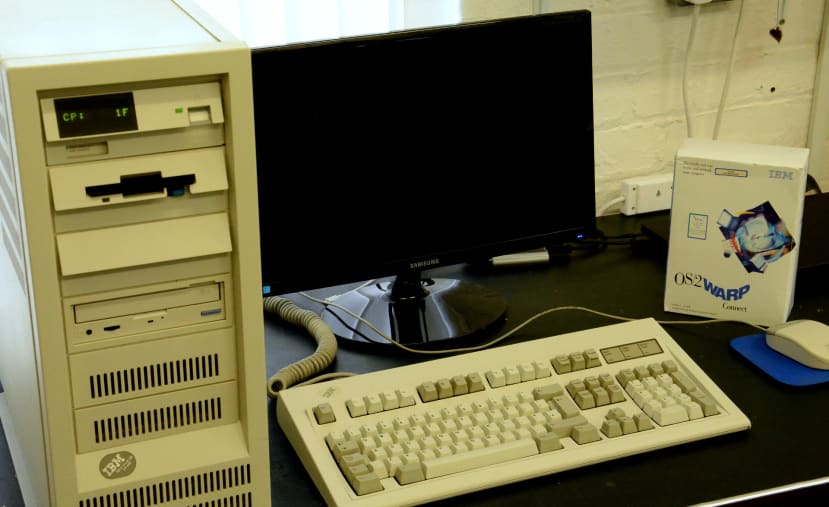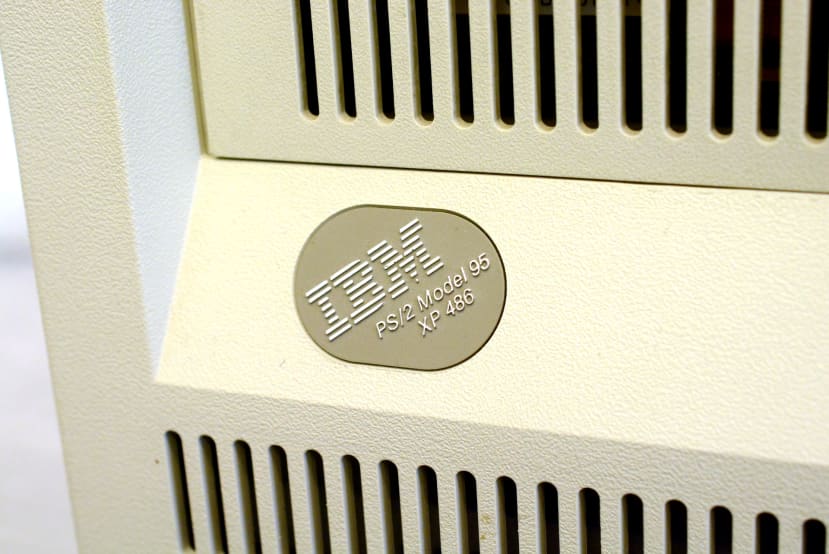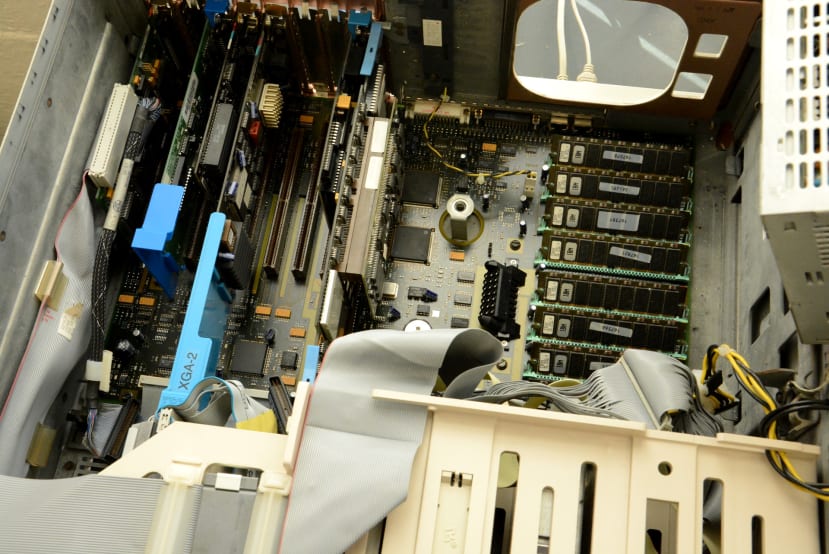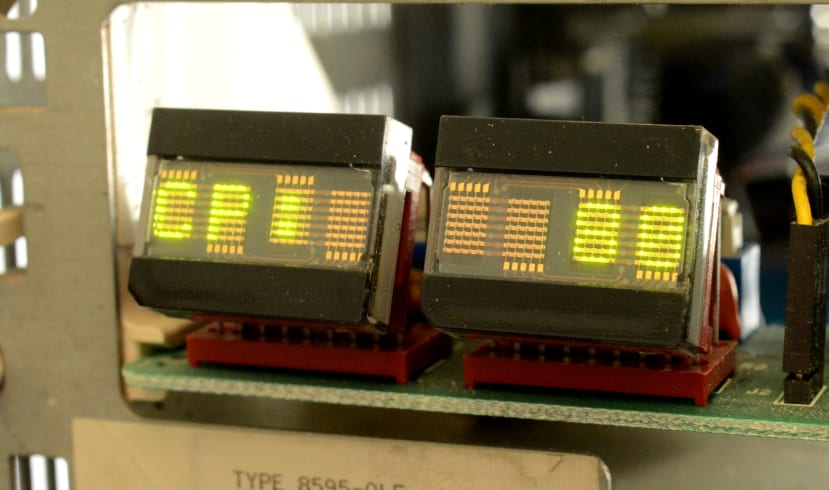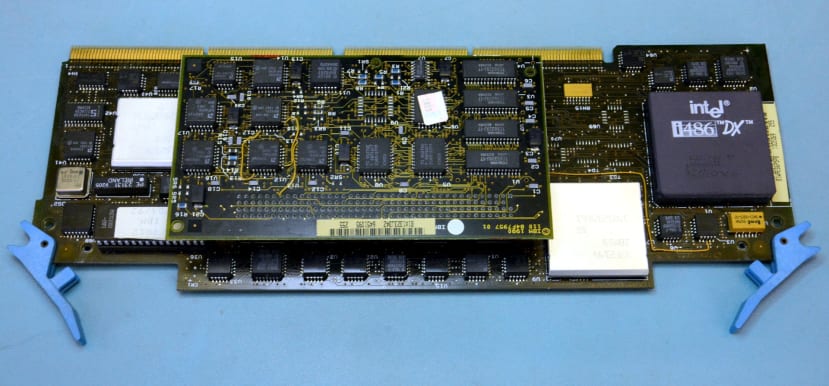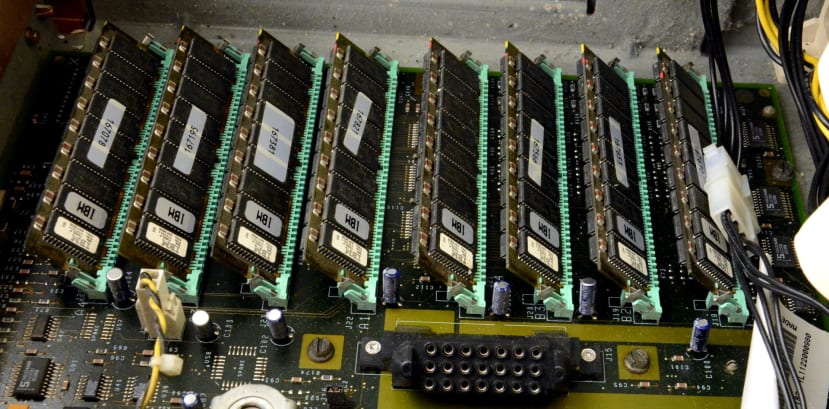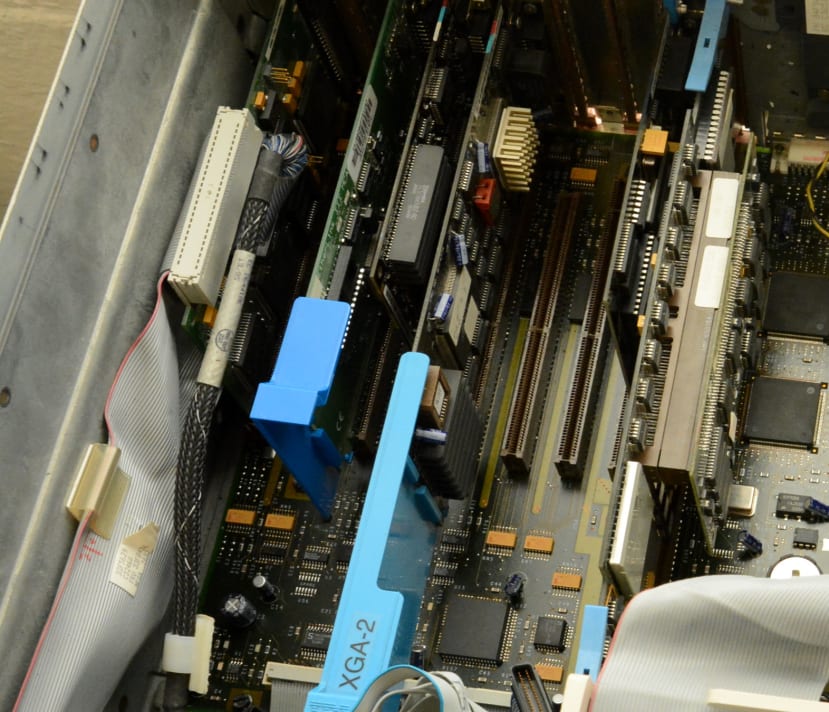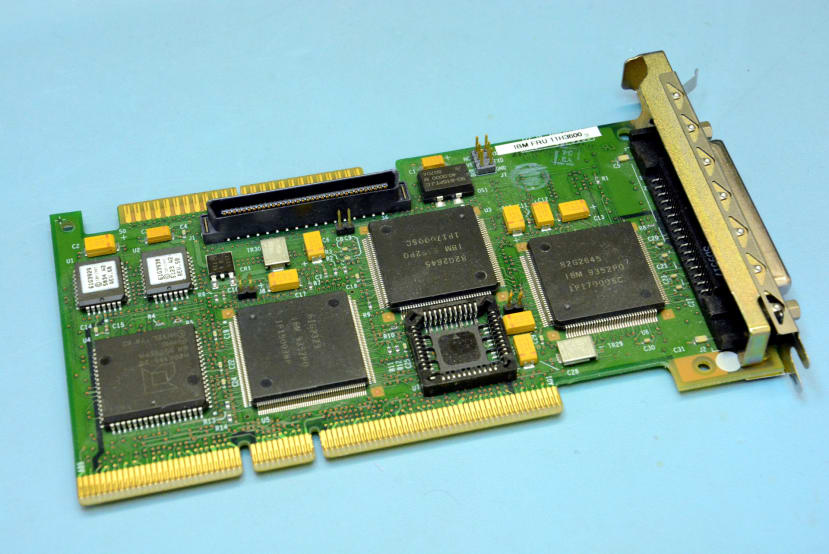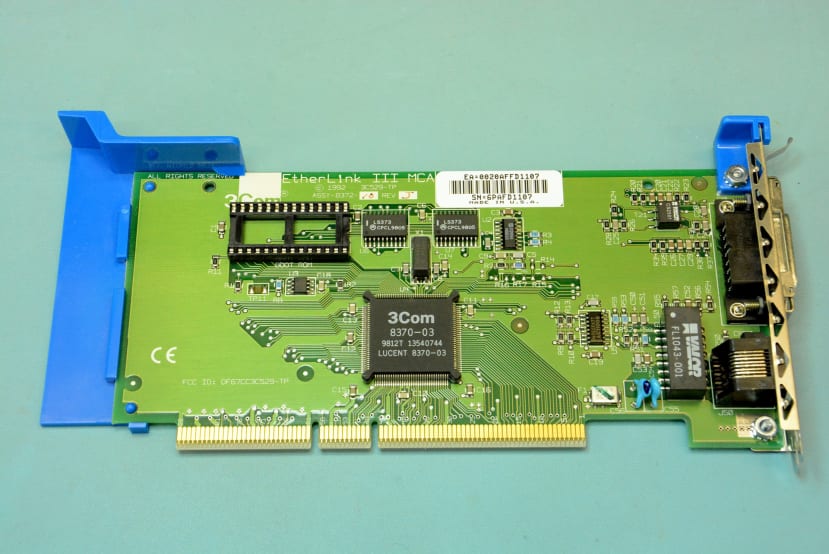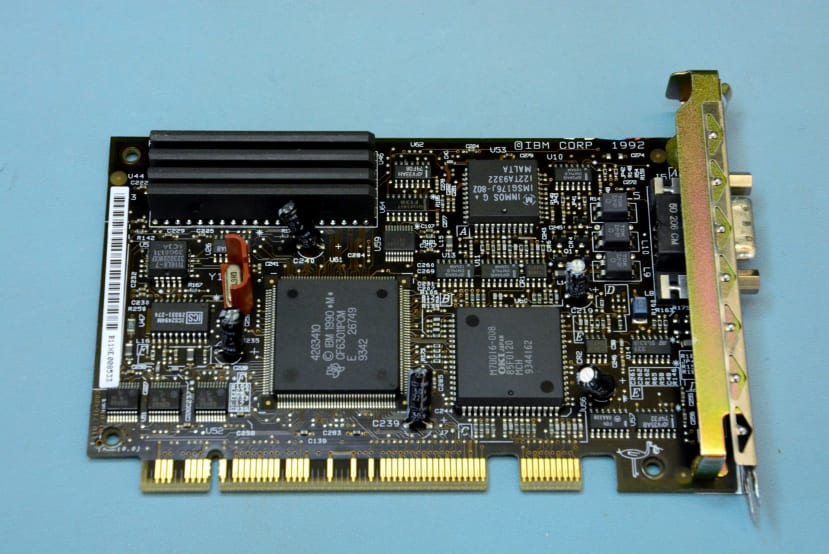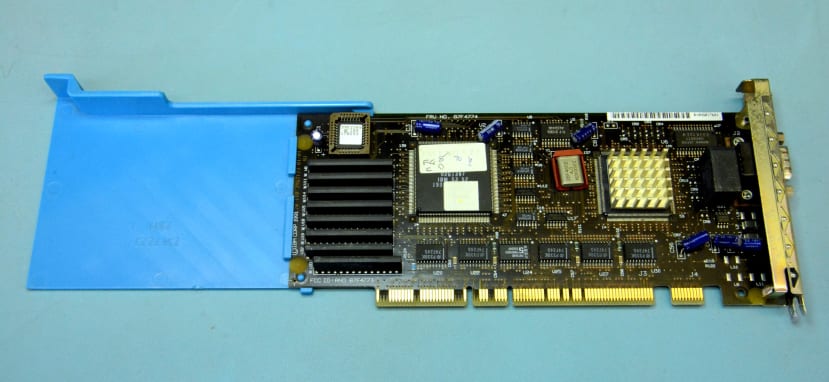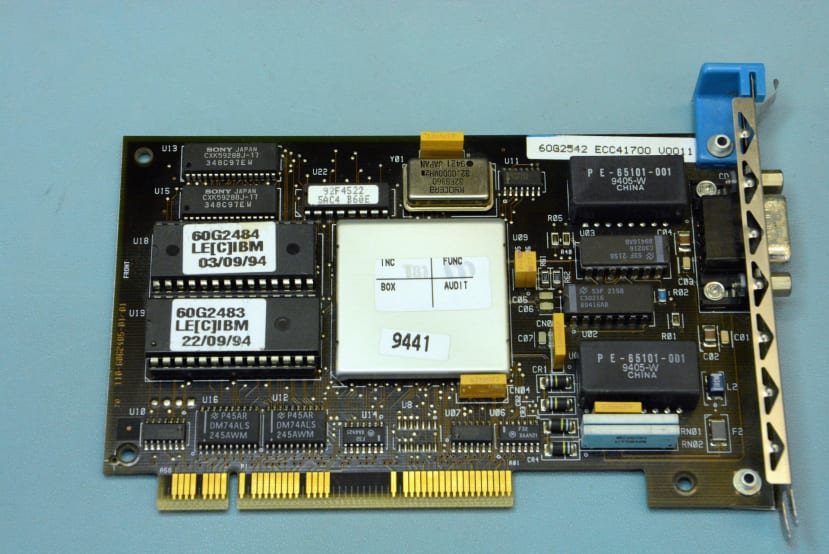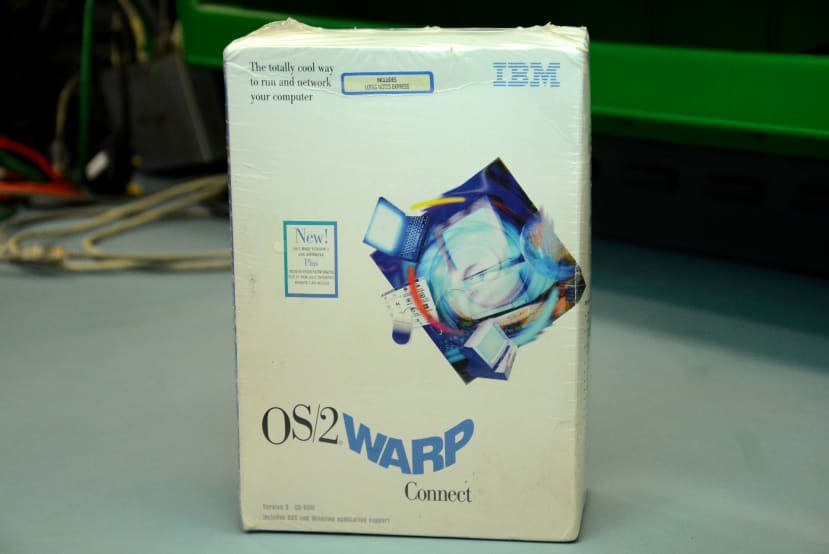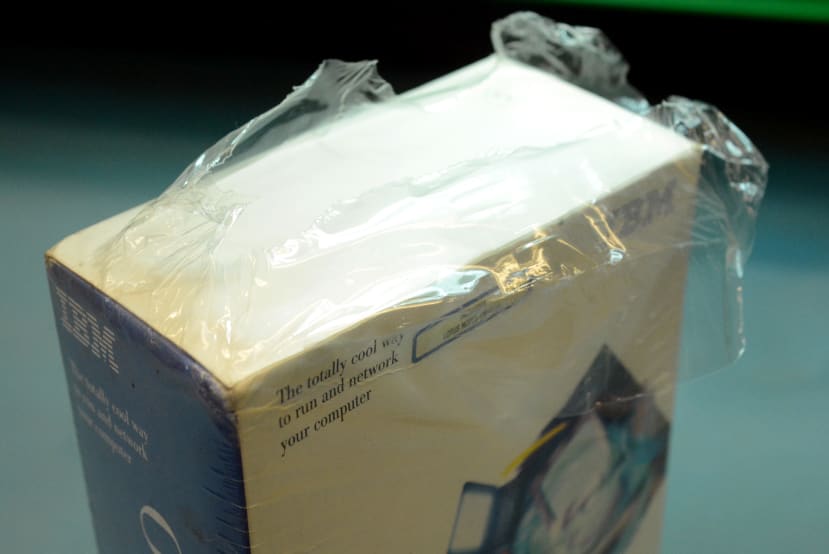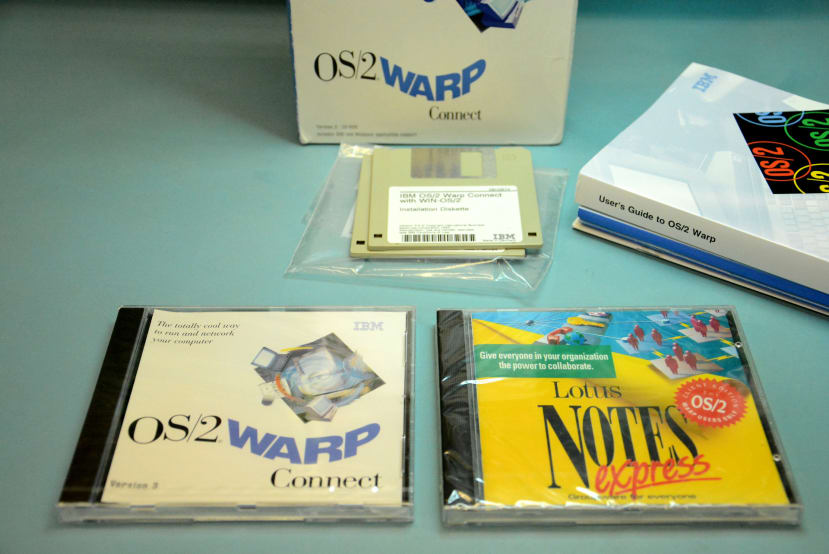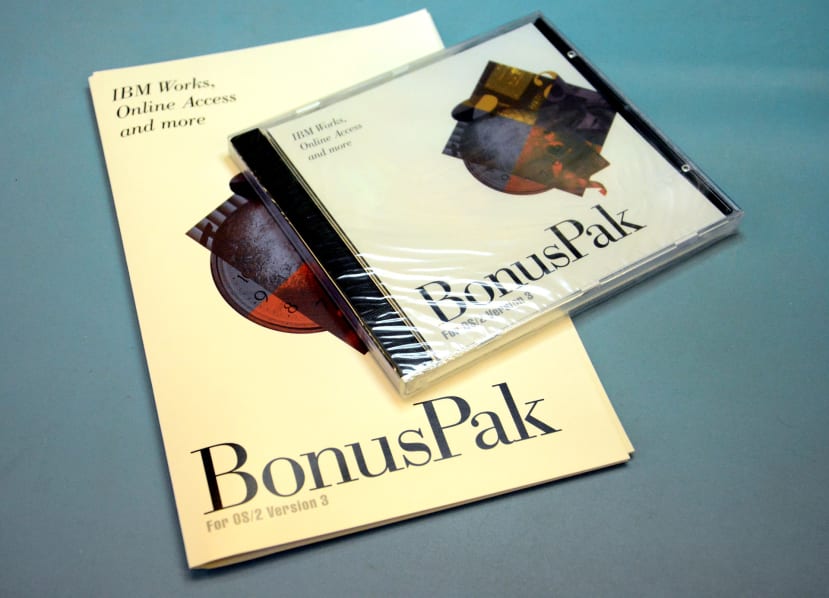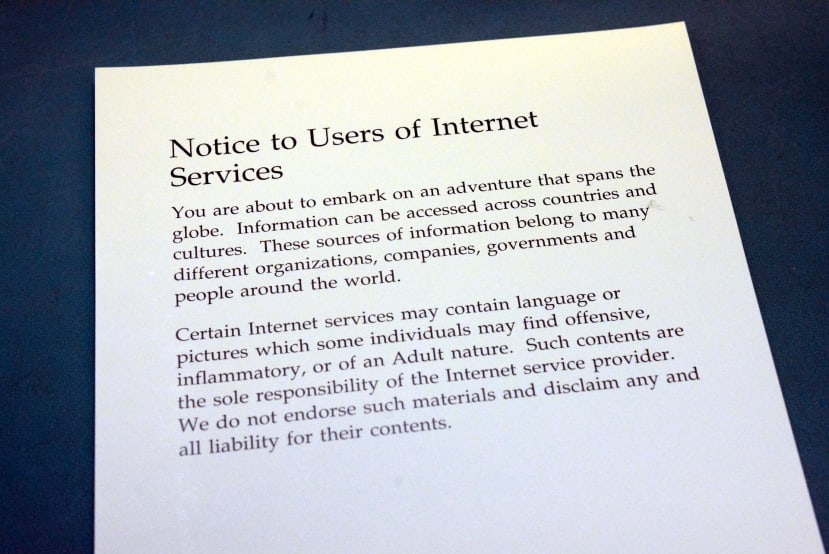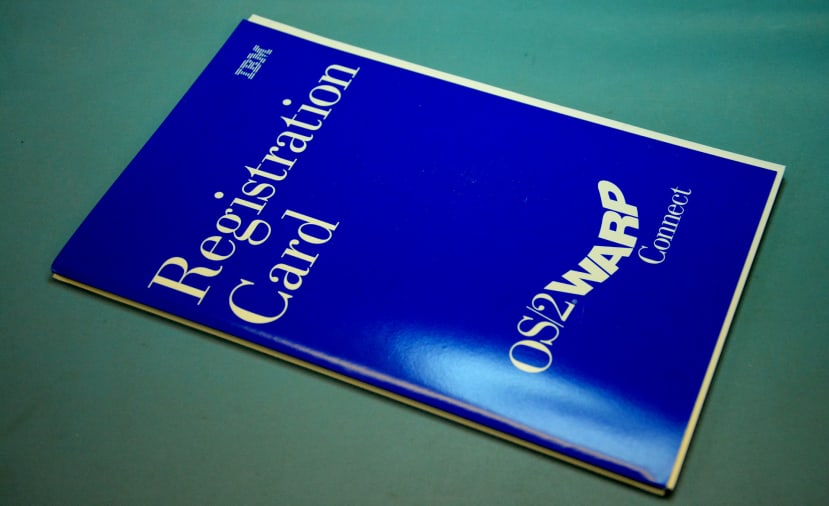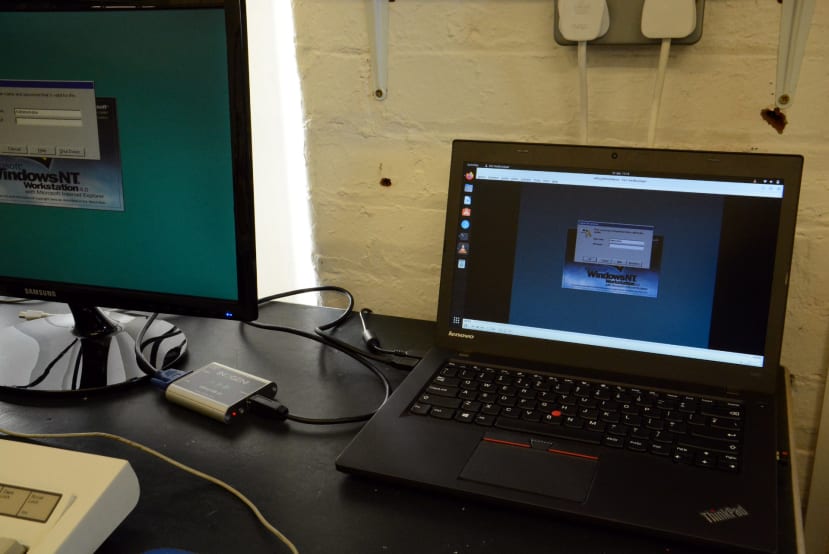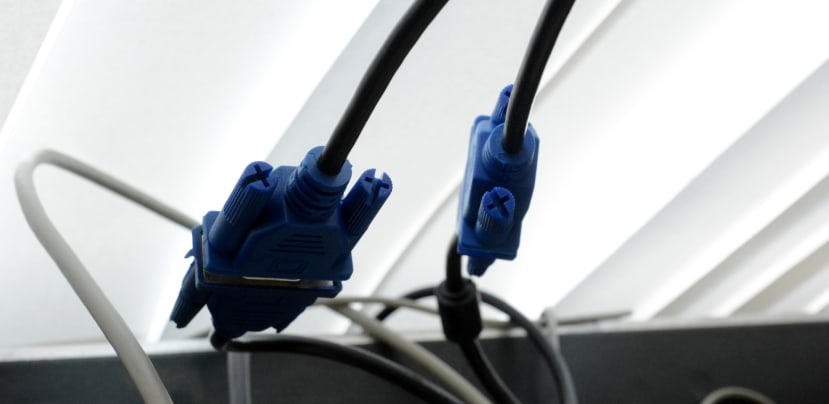Hands-on with OS/2 on a Vintage IBM PS/2 Part 1: Introduction
Follow articleHow do you feel about this article? Help us to provide better content for you.
Thank you! Your feedback has been received.
There was a problem submitting your feedback, please try again later.
What do you think of this article?
Taking a trip down memory lane and exploring a fresh install of IBM OS/2 Warp Connect running on an IBM PS/2 Model 95 tower system.
In a previous article, we took a look back at IBM PS/2 hardware and the OS/2 operating system, and how both of which were packed with features which were advanced for the time. In this new two-part series we now get hands-on with what was a top-of-the-range IBM PS/2 system back in 1991 when it was announced, costing anywhere from around $7,000 to more than $14,000 for the system unit alone. Installing on this a sealed, box fresh copy of IBM OS/2 Warp Connect.
PS/2 Model 95
The IBM PS/2 Model 95 XP 486 was announced in 1991 and first-generation models, such as the one that we’ll be using, came with either an 8595 or 9595 “planar” (motherboard).
One of the many things that set the Model 90 and 95 PS/2 system units apart from most contemporary PCs at the time is that they featured a CPU on a modular “Processor Complex”, which could much more easily be upgraded. With the planar itself being a simpler affair featuring MCA bus and RAM sockets, along with connectors and support circuitry.
A nice feature is the 2x 4-character alphanumeric display, seen pictured above with the front panel filter removed. This displays Checkpoint Codes during power-on self-test (POST) and once the O/S is booted this may be used as a general-purpose display, updated by the O/S or applications.
This particular Model 95 is fitted with a Type 1 “K” 486 DX 33MHz processor complex, with BIOS EPROM type 91F9812 — which is apparently a “NOT Dual Booting Capability EPROM”. How did we find this out? Fortunately, there is an excellent resource for IBM PS/2 enthusiasts, humorously named Ardent Tool of Capitalism, where we can find plenty of information on PS/2 hardware, options and configuration utilities etc. Here we also found information for the processor complex daughterboard pictured, which is seemingly 256K 17ns cache memory.
The planar has all of its SIMM sockets populated, with a total of 64MB RAM fitted.
There are two SCSI HDDs fitted in the drive bays:
- IBM 1GB 5400RPM SCSI 50-PIN 512KB Cache 3.5” HDD (45G9466)
- IBM Ultrastar XP 2.2GB SCSI 7200RPM 68-Pin 512KB Cache 3.5” HDD (76H0958)
Next, let’s take a look at the installed expansion cards.
MCA Bus Peripherals
The system is configured with the following MCA bus expansion cards:
IBM SCSI-2 Fast/Wide adapter (11H3600)
Slot 1 has an IBM SCSI-2 Fast/Wide adapter installed, codenamed “Corvette”. This has a 80C186 processor running at 20 MHz, and internally features one 50-pin edge connector and a 68-pin mini Centronics connector. The adapter is reasonably simple and doesn’t support hardware RAID.
3Com EtherLink III
A 3Com EtherLink III adapter is fitted in slot 3 and this provides UTP and AUI connections, running at good old 10Mbit/s Ethernet speed.
IBM SVGA Adapter/A (71G4877)
Slot 4 is fitted with an IBM SVGA adapter, which provides a basic framebuffer interface with 512KB RAM and supporting resolutions up to 640x480.
IBM XGA-2 Display Adapter model (87F4774)
An IBM XGA-2 adapter is fitted in slot 5. This uses a 32-bit data bus for system memory and I/O, with 1MB VRAM and supporting resolutions up to 1024x768 with 256 colours.
IBM Token Ring 16/4 Network Adapter (74F9415)
Finally, slot 7 has an IBM Token Ring 16/4 network adapter installed. For those unfamiliar with Token Ring, this was an IBM developed local area network (LAN) implementation, which ultimately lost out to Ethernet. Token Ring had certain advantages, along with notable disadvantages, and it enjoyed limited adoption outside of IBM.
OS/2 Warp Connect
A still sealed copy of OS/2 Warp Connect version 3 had been picked up a few years ago (who could resist such an opportunity!) This particular version of OS/2 was introduced in 1995 and bundled various connectivity add-ons, such as TCP/IP, IBM LAN client and Novell NetWare requester support.
Removing the shrink wrap on a product that is coming up for 30 years old resulted in a feeling of excitement tinged with sadness, much like a toy collector or wine aficionado might experience when opening sealed antique packaging or a vintage bottle.
Inside could be found installation diskettes and OS/2 CDROM media, plus a copy of Lotus Notes Express for OS/2, together with printed documentation.
The included BonusPak CD provides the IBM Works productivity tools, along with Internet connectivity and other features.
This is accompanied also by warning to users of Internet services, which now many years later seems somewhat quaint — although very much still valid advice nonetheless.
Finally, there is a registration card, which although tempting to complete, would almost certainly be pointless this long after the software was released.
Capture setup
The video capture setup that will be used in Part 2 is compromised of a Thinkpad laptop running Ubuntu Linux and a VGA to USB 3.0 capture device. This can be seen here with the PS/2 booted with a Windows NT install that it came with from the previous owner.
It was initially thought that video capture running on the laptop could also be used as the primary display for driving the PS/2. However, it turned out that the digitising latency was too high and so a simple passive VGA splitter cable had to be inserted, so that a monitor could be driven alongside the capture setup.
Next steps
PS/2 systems differ from regular PC compatibles in a number of ways, with one of these being that there is a special System Partition which holds configuration, together with System Programs which must be run in order to configure the system. Configuration of MCA bus expansion cards also require use of special configuration files which are supplied with them.
In the second part of this series we’ll move on to hardware configuration, installing OS/2 and then finally taking a look at some of the features that this provides.


